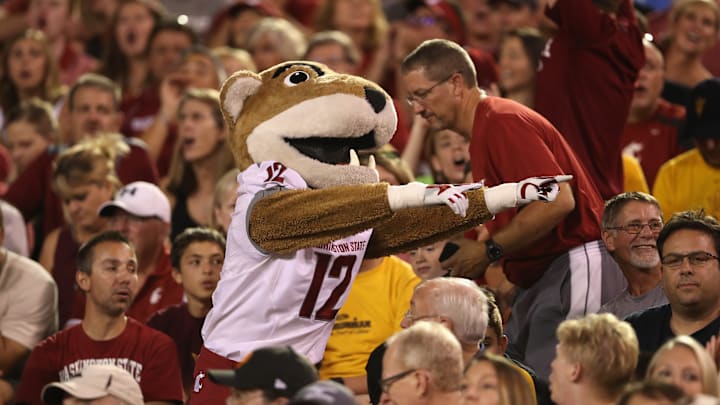The Spring Transfer Window Has Finally Been Eliminated!
Something that should never have existed—and that college coaches have been strongly pushing to remove—has finally been struck down by the Division I Administrative Committee.
Quick refresher on the old rules: The “main” transfer window from last year opened in the fall (December 9–28) while the spring window ran from April 16–25.
There’s still some uncertainty ahead, as the FBS and FCS oversight committees are set to meet in October to discuss moving the fall window from December to January—a change that feels like another obvious, common-sense fix.
Perspective for Cougar fans: Last spring, WSU lost 24 players to the portal, including receiver Tre Shackelford and running back Djouvensky Schlenbacker, along with valuable depth across multiple positions. In that same period, the Cougs added 12 players. That left the program with a net loss of 12 athletes—on top of significant attrition from the fall portal. (Numbers via 247Sports.)
Ramifications for the NCAA as a whole
(Assuming the committees follow through and move the fall window to January.)
1. The Quality of Bowl Games
This is huge for fans, sponsors, and teams alike. By opening the portal after bowl season, fewer players should opt out, which means that we hopefully don’t have to watch as many half strength rosters that don’t resemble the teams that qualified for the game in the first place equaling more competitive games. Last year, Penn State lost their backup quarterback who had played real snaps during the season before their playoff push—proof enough that the old system was ridiculous and broken.
2. Spring Games Could Return
Programs like Texas, Ohio State, Nebraska, USC, Florida State, and Auburn scaled back their spring games last year in part to avoid giving players “audition tape” for poaching during the portal window. Without that spring threat, schools should bring back the full Spring football experience.
3. Better Roster Construction
College coaches already juggle an exhausting year-round schedule between high school recruiting, transfer recruiting, and retaining their own players. Eliminating the spring window gives them more stability, helping them shape rosters earlier and avoid late surprises.
This is only the first step in untangling the NIL/transfer portal era of college football, but it’s a significant one. I can’t hand out an A+++ just yet—we’ll need to see if the fall window actually shifts to January—but for now, this is a huge win for coaches, players, and fans alike.
